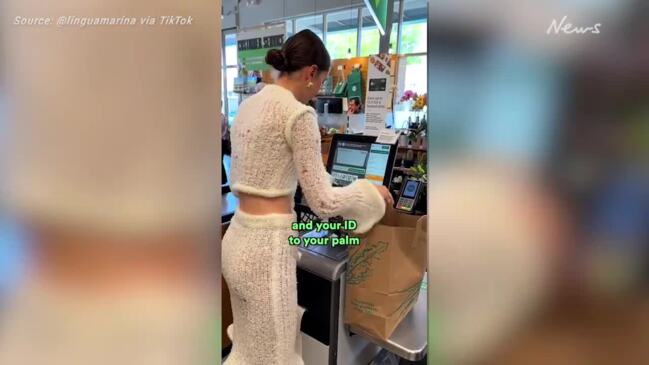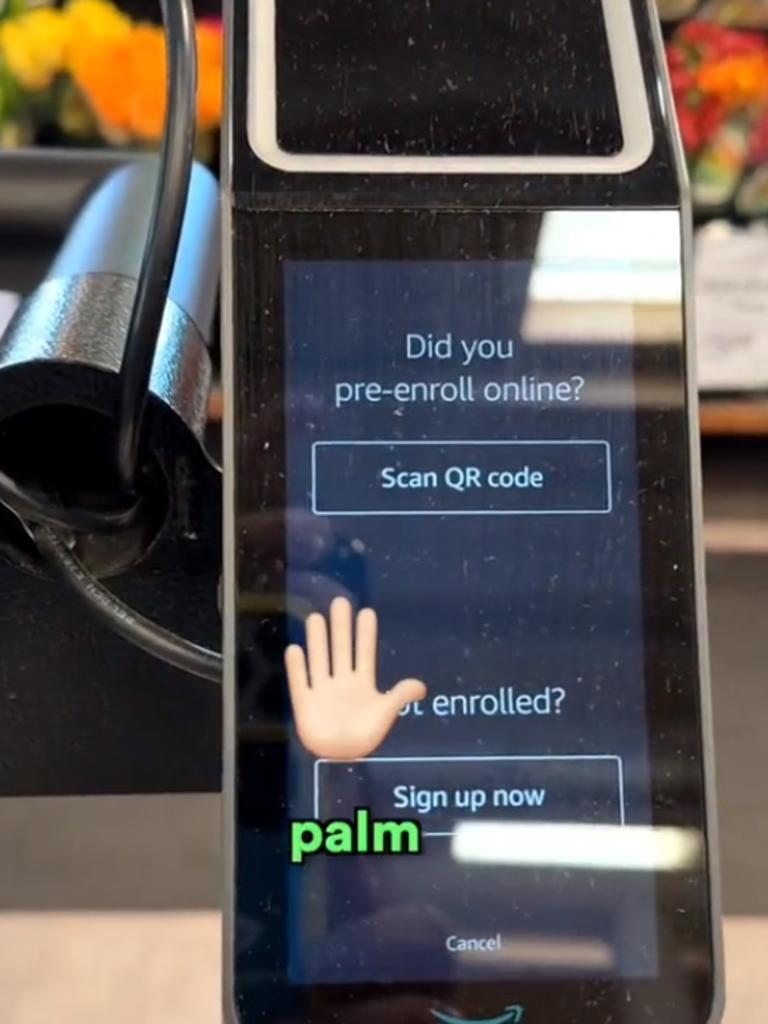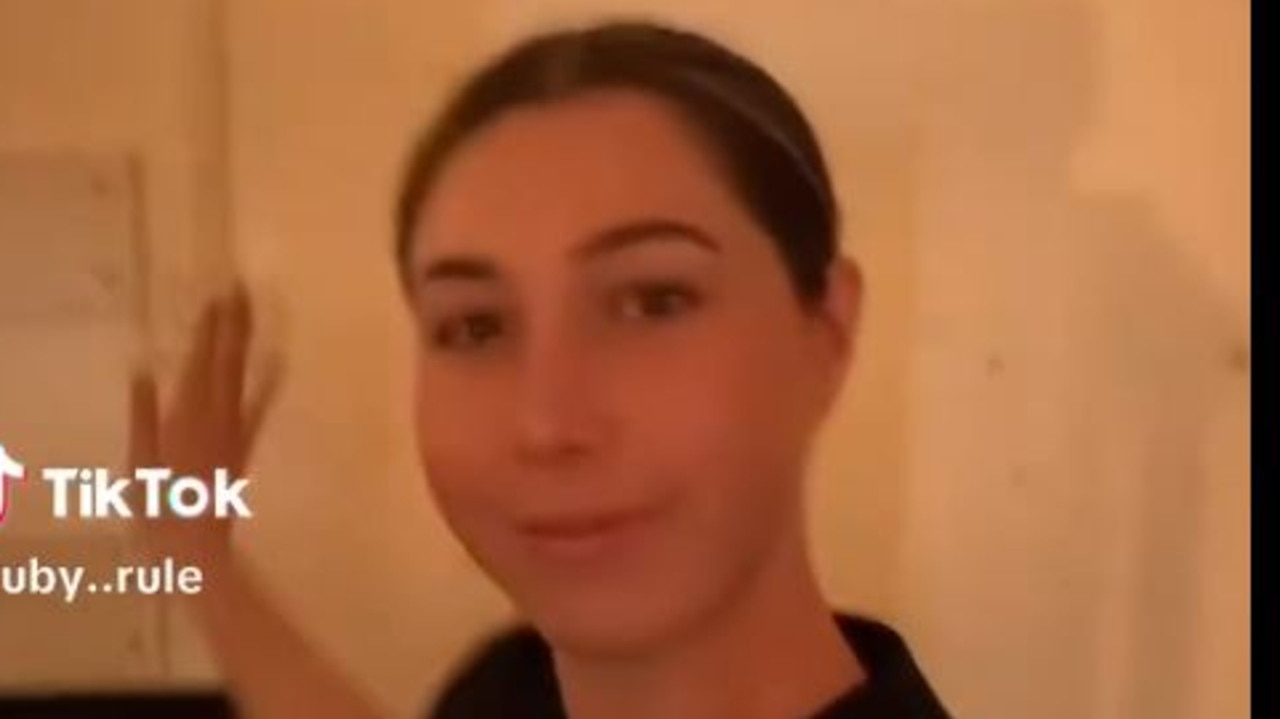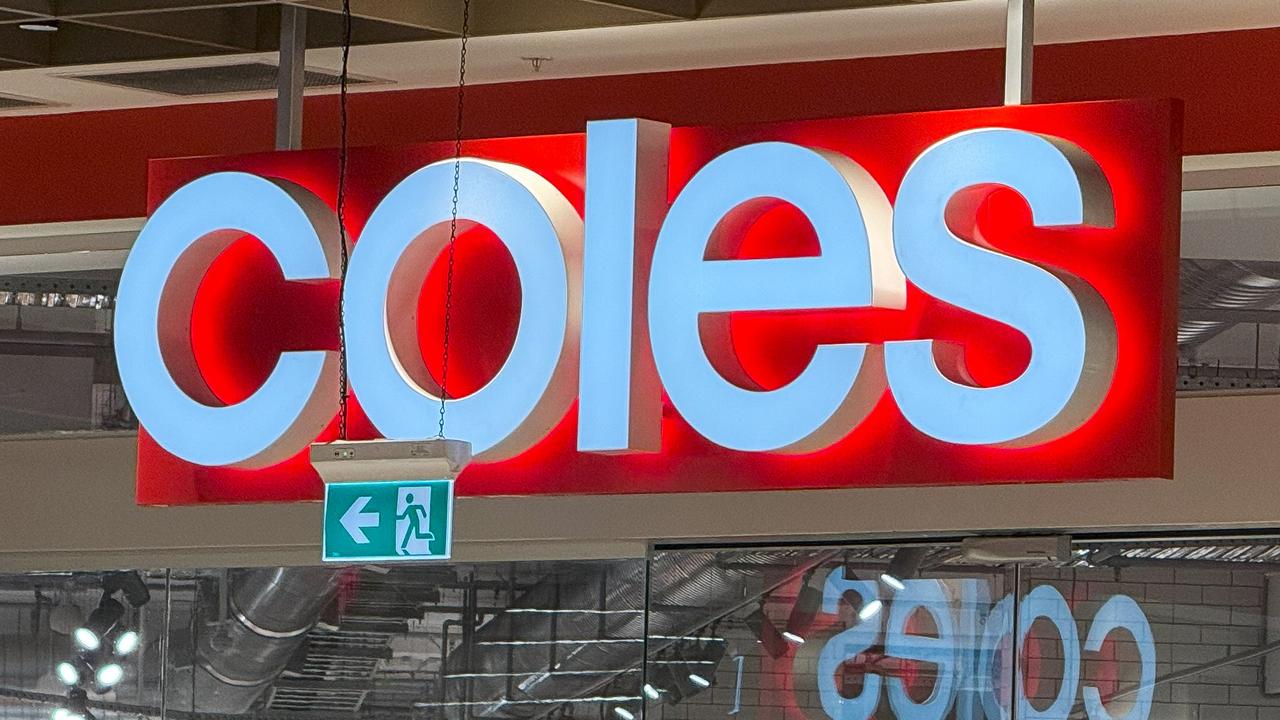Palm payment introduced to buy groceries in select retailers
Consumers have shared mixed reactions to the introduction of palm payments for groceries in select supermarkets.

New age technology has enabled consumers to pay for groceries with one wave of their hand, a development that has been deemed “kind of scary”.
The technology was highlighted in a video of a woman checking out of US retailer Whole Foods with Amazon One – a system allowing shoppers to pay with a mere flash of their palm.
Content creator Marina Mogilko showcased the technology on TikTok last week, explaining to viewers that “since we’re in Silicon Valley, I am not going to pay with my credit card, I’m going to pay with my palm”.
“There is this new technology that lets you connect your credit card and your ID to your palm, so that you don’t have to carry any credit cards with you anymore,” she said.
“You don’t even have to have your phone with you.”
Ms Mogilko then showed herself waving her hand over the Amazon One payment device.
Details of her payment would later be visible on her Amazon account, she said.
The system has been in operation in select US retailers since September 2020, namely Whole Foods, a variety of Amazon stores including Amazon Books and Amazon Fresh, and as of May, restaurant chain Panera.


To enable palm payment, consumers need to sign up at an eligible retailer using an Amazon One Device and their credit card.
They then need to hover their palm above the device and follow the prompts to link the credit card and their hand to develop a “unique palm signature”.
One or two palms can be registered with each account, allowing payments to be made with either your left or right hand.
Viewers of Ms Mogliko’s video, filmed at a Whole Foods, were concerned what the technology meant for privacy and feared criminals would kidnap people for their palms.
“Why are people so easily convinced of getting their body parts scanned? ︔ one viewer wrote in a comment.
“OMG next thing you know people will be chopping our hands off,” someone else said.
“People will do anything for convenience but in reality they’re just prepping you to control you,” another wrote.
Some, however, were supportive of the measure.
“I can never forget my palm when I go out so this is excellent, love it,” one said.
“It is good feature. But, also, it can be used to track and control,” another wrote.
Amazon has tried to alleviate consumer concerns about how accessible their biometric data would be to other companies and the danger that images of palms could be replicated.


The company said its technology made it impossible for a person’s palm to be replicated because its scan captured the hand’s “underlying vein structure to create a unique numerical, vector representation”.
“Your palm’s unique characteristics, such as creases, friction ridges, and underlying vein network, are a result of independent biological processes — even identical twins with the same DNA do not have the same palm surface and vein patterns,” Amazon said.
“While your palm and vein patterns are permanent, the digital signature we use for identification is not. This allows us to delete palm signatures, and generate new ones, at any time.”
Amazon said its “live detection” meant a silicone or 3D printed palm would be rejected.
It’s palm data, stored in its Amazon Web Services (AWS) Cloud, wasn’t shared with third party organisations, it said, unless it was “required to comply with a legally valid and binding order”.
Amazon One has yet to be rolled out in Australian retailers.






